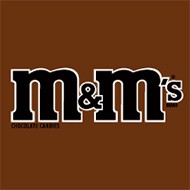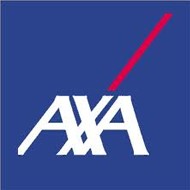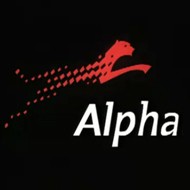Character animations require several phases of work, each of which must be approved by the client before the next phase can begin.
- Phase 1. Story Board – Every animation has a story. The client brings the story. We make a short comic-book drawing of the story. That’s a storyboard. Sometimes the client brings the storyboard.
- Phase 2. Character Sketches – Sketches of the character, its face, clothing and equipment. The final drawing is usually posed in the Da Vinci style to make the next phase simpler.
- Phase 3. Rigging – The character is now designed in the computer as a combination of “skin” elements and “bones” that determine the exterior texture, musculature, draping and joint functions of the model. Sometimes we can buy a generic rig and apply that to a character. This saves money.
- Phase 4: Scripting – To add motion to the character, we either capture motion from an actor, or meticulously pose the computer model into “key frames” between which, the computer interpolates motion. Yes. If the character speaks, we have to make the lips move in synch to a sound track.
- Phase 5: Rendering – When you approve of the representative still frames, we push a button and the computer makes the movie. Then we see things we want to change. We change them and push the button again. And again. And again until you or the budget are satisfied. Don’t worry. We haven’t gone over budget yet.
- Phase 6: Compositing – Sometimes characters appear in complex scenes that take too long to render. So we often render backgrounds, foregrounds, characters and effects separate layers. When each is approved, we make a composite of the layers. The final composite is then rendered, client approved, and then output to chips, HDD, tape or directly online as you wish.
BRING US YOUR STORY FOR A FREE ESTIMATE: animations@avekta.com

 LinkedIn
LinkedIn YouTube
YouTube

